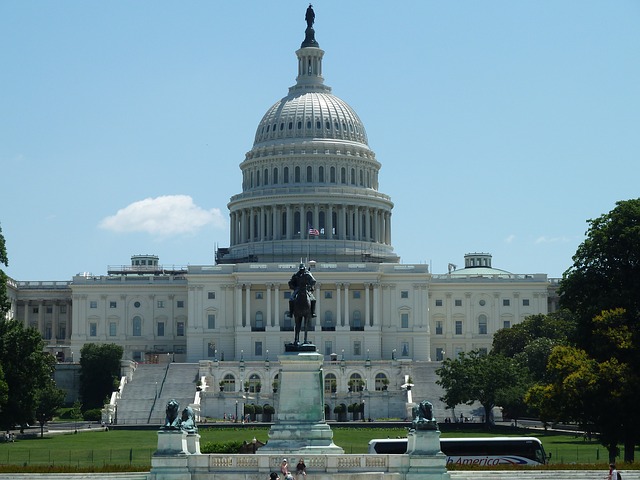 Washington insiders predict that spending on public affairs, including digital, grassroots and public relations, will increase faster than spending on government relations next year. That’s according to the Washington Insider survey by Rasky Baerlein Strategic Communications. Government relations cover direct lobbying, advocacy advertising and political contributions.
Washington insiders predict that spending on public affairs, including digital, grassroots and public relations, will increase faster than spending on government relations next year. That’s according to the Washington Insider survey by Rasky Baerlein Strategic Communications. Government relations cover direct lobbying, advocacy advertising and political contributions.
The survey of 202 Washington insiders, including lawyers, lobbyists, association executives, academics and think tank experts, was conducted by the Prime Group in early October to gauge trends in Washington D.C. public affairs spending.
“There is an increased demand for integrated public affairs programs that incorporate traditional government relations along with public relations, grassroots and digital components,” said Larry Rasky, chairman and CEO of Rasky Baerlein in a press release. “These findings are an important barometer as Washington readies itself for post-election activity and 2017.”
More Reliance on Social Media, Digital Tools
Major findings include:
Increased use of social media, digital/technology capabilities, and grassroots efforts are most often mentioned trends anticipated over the next five years.
Over 40 percent of Washington insiders will divert their public affairs spending away from traditional non-digital activities to fund digital advocacy areas.
Traditional government relations continues to be seen as the most cost-effective way to impact public policymaking at the federal level, though down by 11 percentage points (85 percent to 74 percent), while advocacy advertising is expected to increase in importance by 8 percentage points over last year.
“Washington insiders are adapting to a new public affairs environment,” said Greg Schneiders, Prime Group founder and CEO. “It should not be a surprise that they are reallocating resources to achieve their public policy objectives.”
Learning to Love PR
Other commentators have said trade associations are spending more on PR rather than direct lobbying as they learn to appreciate the benefits of swaying public opinion. More lobbyists understand that PR can improve their direct lobbying efforts by reaching large groups of people.
Ivan Adler, a principal at the headhunting firm McCormick Group, said more lobbying firms are asking him to find PR professionals. “They’re looking to reach other audiences besides lawmakers, and that’s what public affairs is about,” Adler told The Hill.
“Clients want and deserve a broader view on how to win,” Stewart Verdery, the founder of Monument Policy Group, a bipartisan lobbying firm, told The Hill. “Obviously lobbying is essential, but it’s not sufficient without shaping the environment to your client’s advantage.”
Shaping public opinion is PR’s purview. Rather than referring clients to PR firms, lobbyists are bringing PR capabilities in-house by merging with PR firms or hiring PR pros to deliver a “one-stop shopping” experience. The trend has blurred the lines between PR and lobbying.
Experienced PR staff within lobbying organizations will also bring the benefits of media monitoring and measurement to the government relations function.
Bottom Line: Lobbying groups in the nation’s capital increasingly understand the value of public relations and are reallocating resources to PR. The trend is blurring the lines between traditional government relations and PR as lobbying organizations hire PR talent or merge with PR outfits in order to bring their skills in-house rather than outsource.
William J. Comcowich founded and served as CEO of CyberAlert LLC, the predecessor of Glean.info. He is currently serving as Interim CEO and member of the Board of Directors. Glean.info provides customized media monitoring, media measurement and analytics solutions across all types of traditional and social media.




